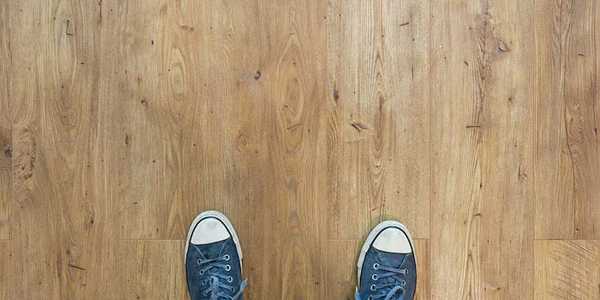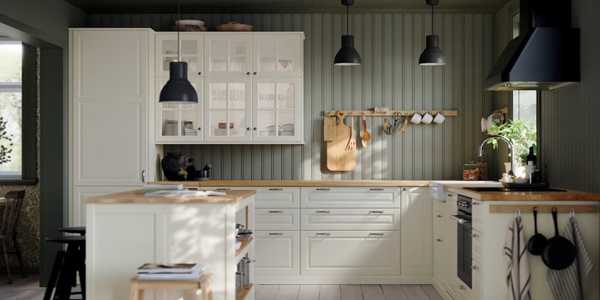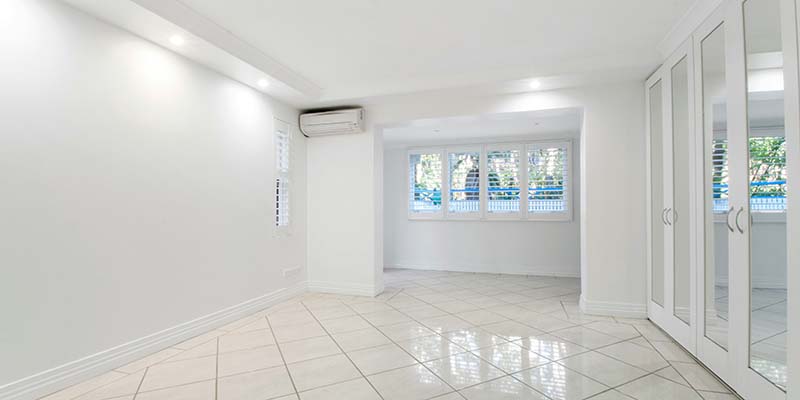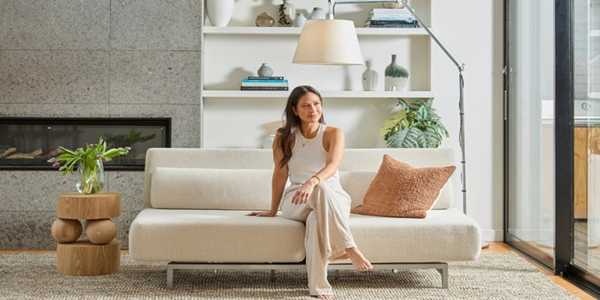How to Choose the Right Flooring for Your Home
Flooring plays a vital role in home design, impacting both aesthetics and functionality. Whether it’s the elegance of hardwood or the comfort of carpet, each option has unique pros and cons. This guide helps you make an informed decision, considering budget, space, and personal style for the perfect flooring choice.
Flooring plays a vital role in home design, impacting both aesthetics and functionality. Whether it’s the elegance of hardwood or the comfort of carpet, each option has unique pros and cons. This guide helps you make an informed decision, considering budget, space, and personal style for the perfect flooring choice.
Budget Assessment Matters
To effectively assess your flooring budget, break down the costs into two main categories: material costs and installation fees.
Material Costs(Per Square Foot)
1. Hardwood: $3 to $12
Pros: Timeless, increases home value, adds warmth.
Cons: Expensive, susceptible to scratches and moisture damage.
Ideal for: Living rooms, bedrooms.

2. Laminate: $0.70 to $2.50
Pros: Budget-friendly, mimics hardwood, available in various designs.
Cons: Less durable, prone to water damage.
Ideal for: Areas with low moisture, like living rooms or offices.
3. Carpet: $1 to $5
Pros: Comfortable, soundproofing, warm underfoot.
Cons: Requires frequent maintenance, can trap dirt and stains.
Ideal for: Bedrooms, family rooms.
4. Tile: $1 to $10 (Ceramic/Porcelain)
Pros: Durable, moisture-resistant, easy to maintain.
Cons: Can feel cold and hard underfoot, requires grout cleaning.
Ideal for: Kitchens, bathrooms.
5. Vinyl: $0.50 to $3
Pros: Budget-friendly, water-resistant, mimics wood or stone.
Cons: Can fade over time, less durable than other flooring types.
Ideal for: Moisture-prone spaces like kitchens and bathrooms.
6. Cork: $2 to $6
Pros: Eco-friendly, soundproofing, resilient against wear.
Cons: Sensitive to moisture if not sealed properly.
Ideal for: Multi-story residences or apartments.
7. Concrete: $2 to $6
Pros: Low-maintenance, highly durable, industrial look.
Cons: Can feel cold and hard underfoot.
Ideal for: Modern or industrial interiors, high-traffic areas.
Installation Fees (Per Square Foot)
General Range: $1 to $5
Factors Affecting Cost: Material complexity (e.g., intricate tile patterns), floor preparation, and labor costs.
DIY: You can save on installation fees if you opt for materials like laminate or carpet and handle installation yourself, but this requires time and effort.
Additional Costs
Underlayment: $0.50 to $1
Needed for laminate or carpet to improve insulation and moisture protection.
Finishing/Sealing: Varies, typically $1 to $3 per square foot for hardwood or tile.
Necessary for: Hardwood, tile, and concrete to ensure longevity and protection.
Long-Term Considerations
Durability: Materials like hardwood or tile may cost more upfront but offer long-term durability, saving money on repairs and maintenance.
Tailoring to Your Space
Living Room
Key Considerations: Durability, aesthetic appeal, and ability to withstand everyday use.
Suggested Flooring: Hardwood, laminate, or high-quality carpet.
Reason: Living rooms often have moderate foot traffic, so the flooring should balance strength and appearance.
Maintenance: Easy to maintain with occasional cleaning.
Kitchen
Key Considerations: Water resistance, ease of cleaning, and durability due to spills and heavy foot traffic.
Suggested Flooring: Tile, vinyl, or laminate with water-resistant properties.
Reason: Kitchens experience spills and high foot traffic, so water-resistant and easy-to-clean materials are essential.
Maintenance: Low-maintenance as long as spills are cleaned promptly.

Bathroom
Key Considerations: Moisture resistance to prevent mold, mildew, and structural damage.
Suggested Flooring: Tile (ceramic or porcelain), vinyl, or water-resistant laminate.
Reason: Bathrooms are exposed to high moisture, so moisture-resistant flooring is crucial to avoid damage.
Maintenance: Regular cleaning to prevent mold buildup.
Hallways & Entryways
Key Considerations: Durability to withstand high foot traffic and easy maintenance.
Suggested Flooring: Hardwood, laminate, or tile.
Reason: These areas experience the most wear and tear, requiring robust flooring that’s easy to clean and maintain.
Maintenance: Frequent cleaning to keep the high-traffic areas looking good.
Prioritizing Durability and Maintenance
When choosing flooring, assessing each material's resistance to wear and tear is vital. Durable materials such as hardwood or tile typically withstand heavy foot traffic and resist scratches and dents, significantly affecting their overall lifespan. Conversely, softer materials, like carpet, may necessitate more frequent replacements due to quicker wear.
Additionally, varying maintenance requirements, such as the need for regular waxing of hardwood versus simple vacuuming for laminate, can impact your choice as well. Ultimately, gaining a clear understanding of durability and maintenance considerations helps ensure that your flooring choice remains both aesthetically pleasing and practically viable over the long term.
Balancing Comfort with Safety
When selecting flooring, comfort and warmth underfoot are essential. While carpets provide a soft, cozy feel, hardwood and laminate may offer warmth but can feel uncomfortably cold in the winter months. Safety should be a priority; slip-resistant tiles and vinyl options are best suited for moisture-prone areas, ensuring secure footing in homes with children and pets.
Enhancing Aesthetic Appeal
Selecting suitable flooring is vital to enhancing your home’s aesthetic allure. Homeowners should consider how color, texture, and design trends interact to create a cohesive look. Flooring plays a pivotal role in reinforcing a home's overall interior design and significantly impacts its ambiance and style.
Consideration for the Environment
Choosing eco-friendly materials for flooring is essential in reducing your home's ecological footprint. Sustainable options, such as bamboo, cork, and recycled materials, can minimize environmental degradation and contribute to healthier indoor air quality. Thoughtful choices regarding flooring can significantly reduce resource depletion, fostering a greener planet.
Installation Challenges and Expected Lifespan
Opting for professional installation typically ensures high-quality finishes, albeit with higher costs. On the other hand, DIY projects can yield savings but may lead to uneven surfaces if not executed correctly. Flooring materials like hardwood can last 25 years or more with proper care, while carpets generally have a lifespan of 5 to 15 years, helping homeowners gauge the longevity of their investments.
Making the Right Choice
The process of selecting the right flooring is multifaceted, involving a careful evaluation of factors such as budget, functional space requirements, aesthetics, and environmental responsibilities. By reflecting on these considerations, readers can align their flooring choices with their unique needs and preferences. The flooring decision is significant and deserves thoughtful consideration to enhance the beauty and functionality of the home.




